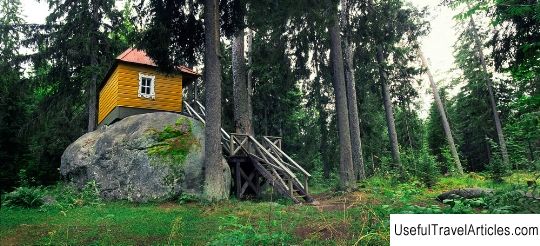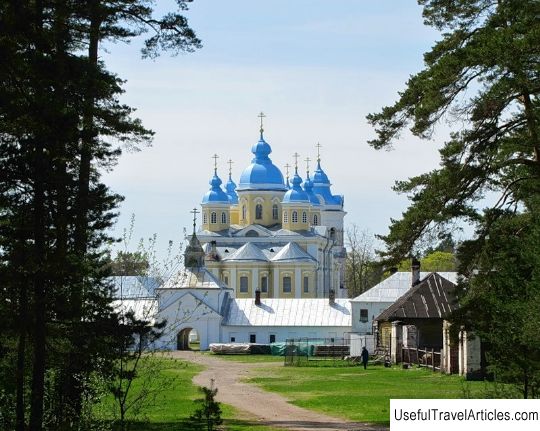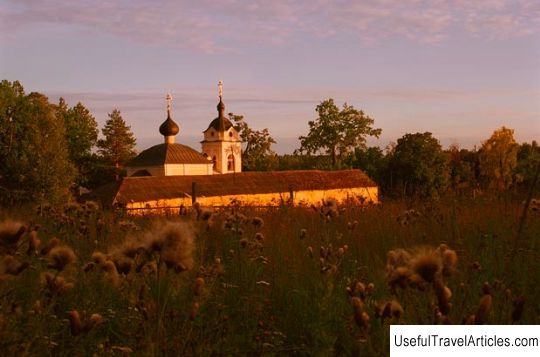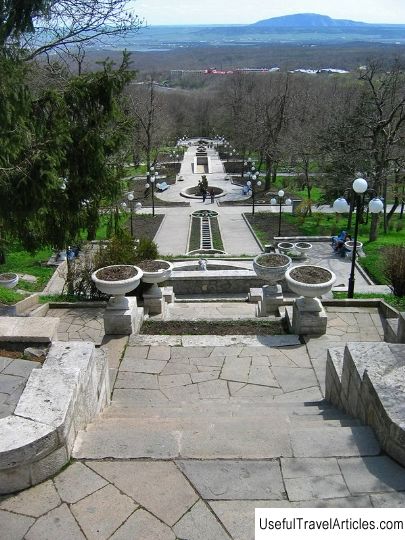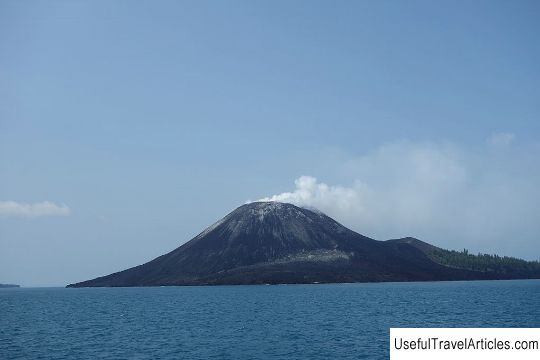Nativity of the Theotokos Konevsky monastery description and photos - Russia - Leningrad region: Priozersky district
Rating: 7,8/10 (590 votes) 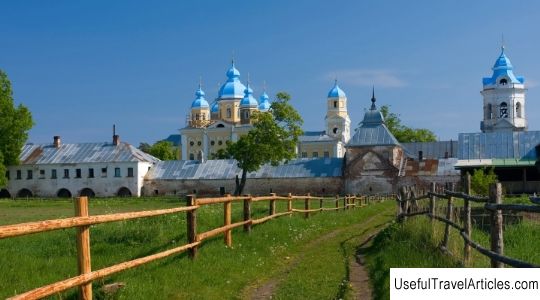
Nativity of the Theotokos Konevsky Monastery description and photos - Russia - Leningrad Region: Priozersky District. Detailed information about the attraction. Description, photos and a map showing the nearest significant objects. Photo and descriptionKonevsky Nativity of the Theotokos Monastery is a male Orthodox monastery located in the west of Lake Ladoga, on the island of Konevets. Often the monastery is considered as a twin of Valaam, also located on one of the islands of Lake Ladoga. Konevets Island is located five kilometers from the mainland. Its dimensions are 2x5 km. It is separated from the mainland by the Strait of Konevets. A Finnish pagan sanctuary was located on the island in the Middle Ages. The Finnish tribes especially revered the boulder located here, resembling a horse's skull and weighing more than 750 tons. This boulder is known as the Horse-Stone, hence the name of the island. The monastery was founded in 1393 by the Monk Arseny Konevsky, who intended to convert Karelian pagan tribes in the Christian faith. Once, to avoid flooding, the location of the monastery was changed. In 1421, Saint Arseny laid the Cathedral of the Nativity of the Mother of God, which became the main monastery church with its main shrine - the Konevskaya miraculous icon of the Mother of God, which Saint Arseny brought from Athos. The icon depicts Christ playing with a dove chick, which personifies spiritual purity. The monastery on Konevets Island, like Valaam, gained its fame thanks to its missionary activities. During the war between Russia and Sweden in 1614-1617, the island was captured by the Swedes. The monks were forced to move to Novgorod, where they settled in the Derevyanitsky monastery. After Russia regained these territories during the Northern War, the monks restored their possessions on the island. Until 1760, the revived Konevetsky monastery continued to depend on the Derevyanitsky monastery in Novgorod. In 1760, he gained independence. The heyday of the Konevsky Monastery came in the 19th century, when his fame reached the capital of the empire. In 1858, Emperor Alexander II visited the island with his family, famous people of St. Petersburg also came here, incl. Fedor Tyutchev, Alexander Dumas, Nikolai Leskov. The latter described his impressions of the monastery in compositions written in 1873. Due to such great popularity, the income of the monastery also grew. The monastic community began significant construction projects. In 1800-1809, a new cathedral with a bell tower was under construction, which was a huge eight-column two-story building. The project was carried out by local elders. It was crowned with five octagonal drums that support five domes. In the same style, a three-story bell tower was made in the years 1810-1812 with a height of 35 m. On the site of the ancient monastery, two sketes were organized: Kazan and Konevsky. After the revolutionary events of 1917, the monastery came under the jurisdiction of the Finnish Autonomous Orthodox Church, since it found itself on the territory of independent Finland. The island was fortified by the Finnish military, the military occupied the hotels. During the Finnish and World War II wars, the monastery buildings were damaged. In March 1940, the monks were evacuated to Finland along with the icon of the Konevskaya Mother of God; the iconostasis, library and church bells remained on the island. Today the personal belongings of Saint Arseny (pectoral cross, burl ladle) are in Finland in Kuopio in the museum of the Orthodox Church. The Konevskaya psalter, dated to the 14th century, was most likely sent to the Russian National Library. For a short period from 1941 to 1944, the monks returned to the island, but then left again with the Finnish army in 1944. In 1956, they joined the monks who had fled from the Valaam Monastery, who founded the New Valaam Monastery in Finland. In Soviet times, the monastery was occupied by the military. In 1990, the Konevsky monastery became one of the first in the region to return to the Russian Orthodox Church. In November 1991, the relics of St. Arseny Konevsky were recovered, which were hidden from the Swedes in 1753. Today the monastery is visited by a large number of tourists and pilgrims, restoration work is still underway. Courtyards of the Konevsky Monastery were opened in Priozersk and St. Petersburg.         We also recommend reading Nature reserve ”Swamp Lammin-Suo” description and photo - Russia - Leningrad region: Vyborgsky district Topic: Nativity of the Theotokos Konevsky monastery description and photos - Russia - Leningrad region: Priozersky district. |
